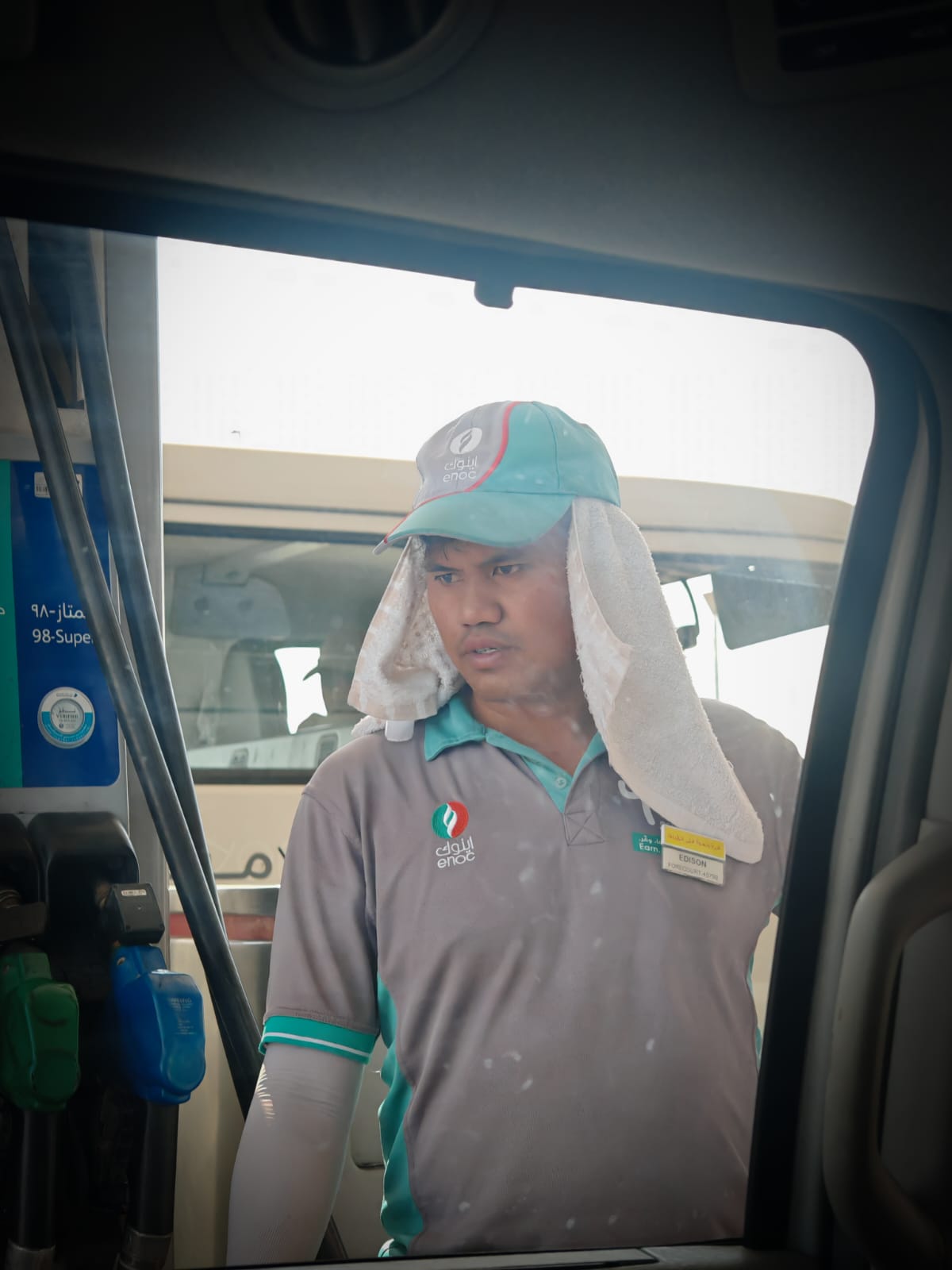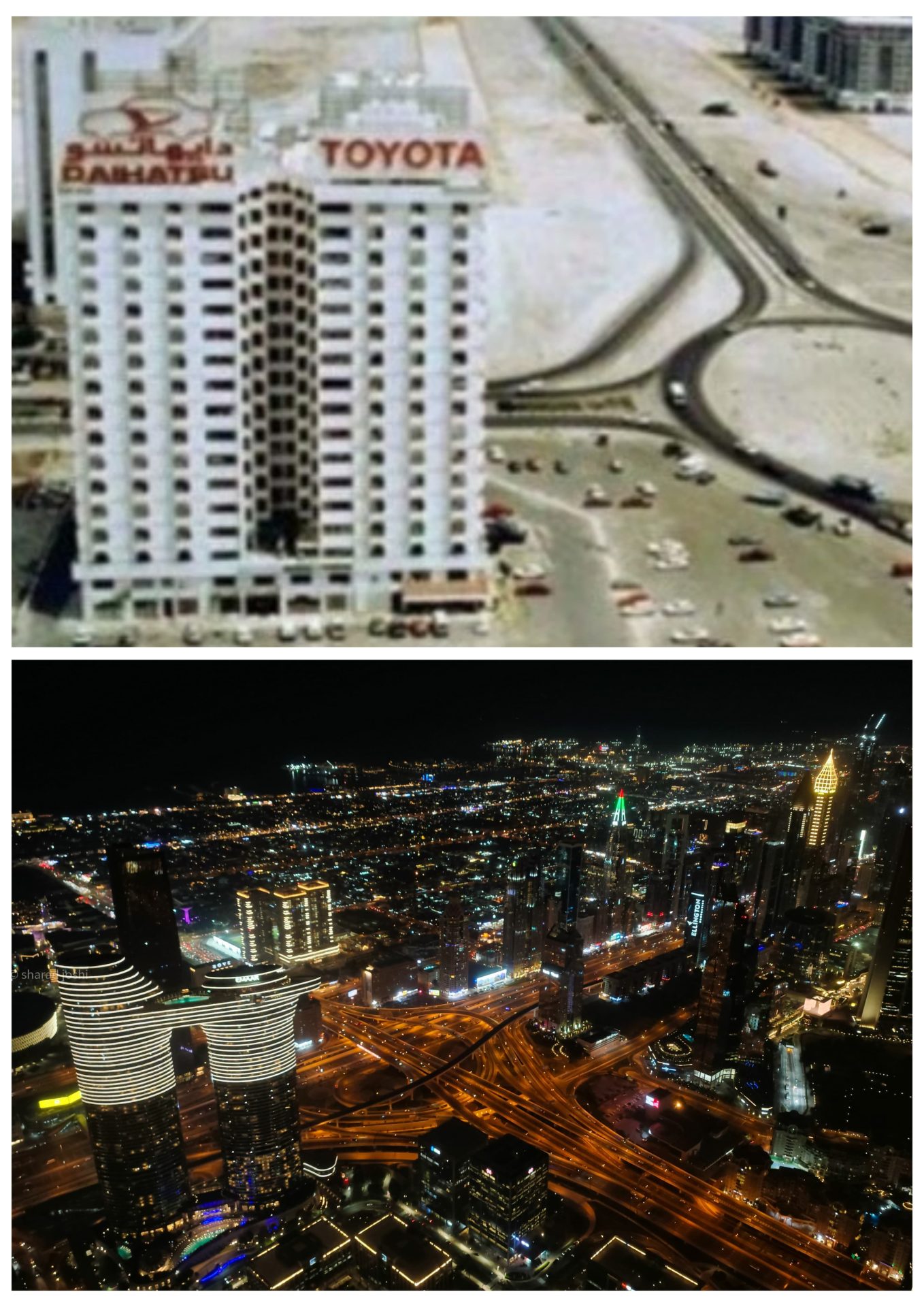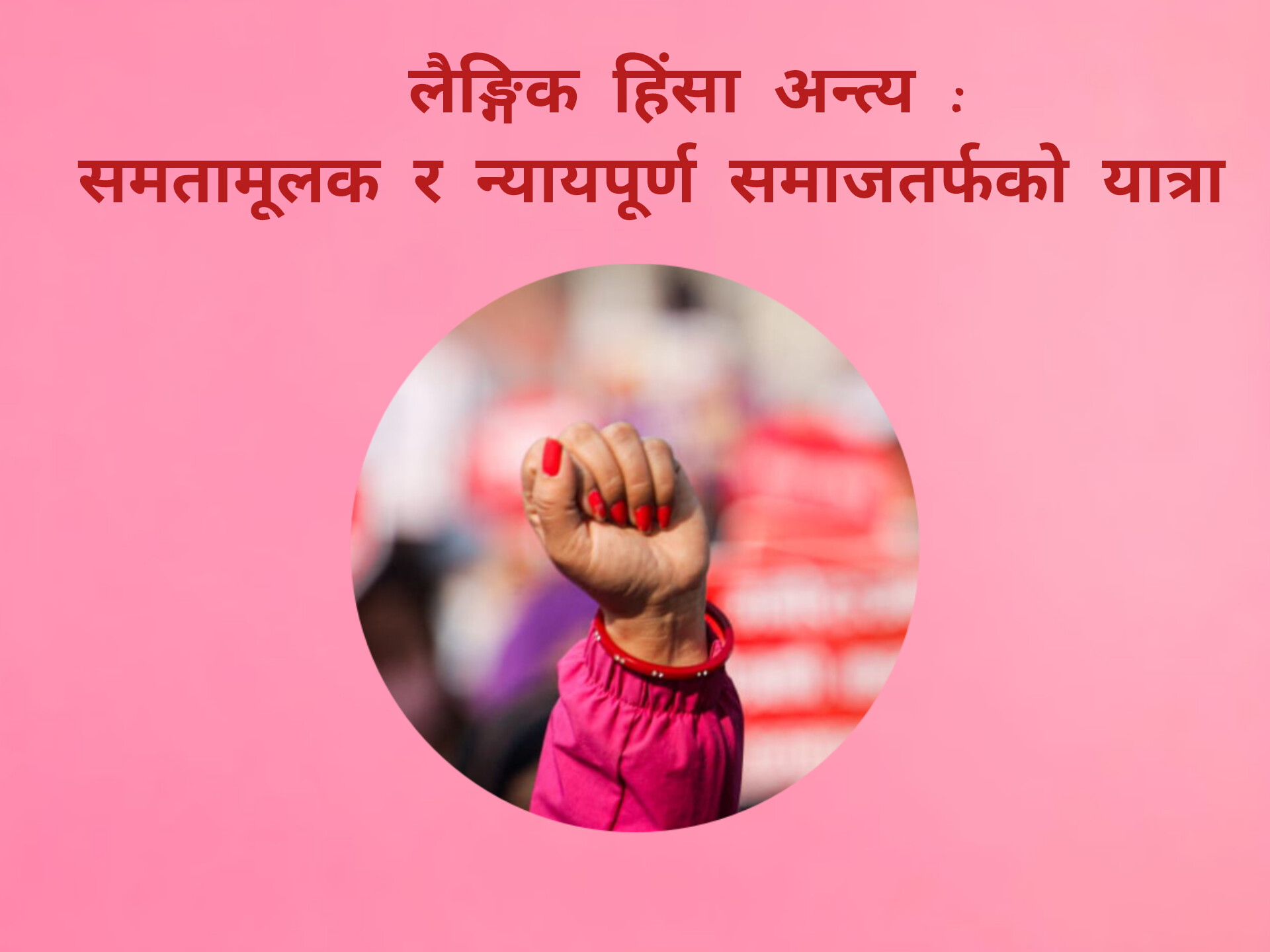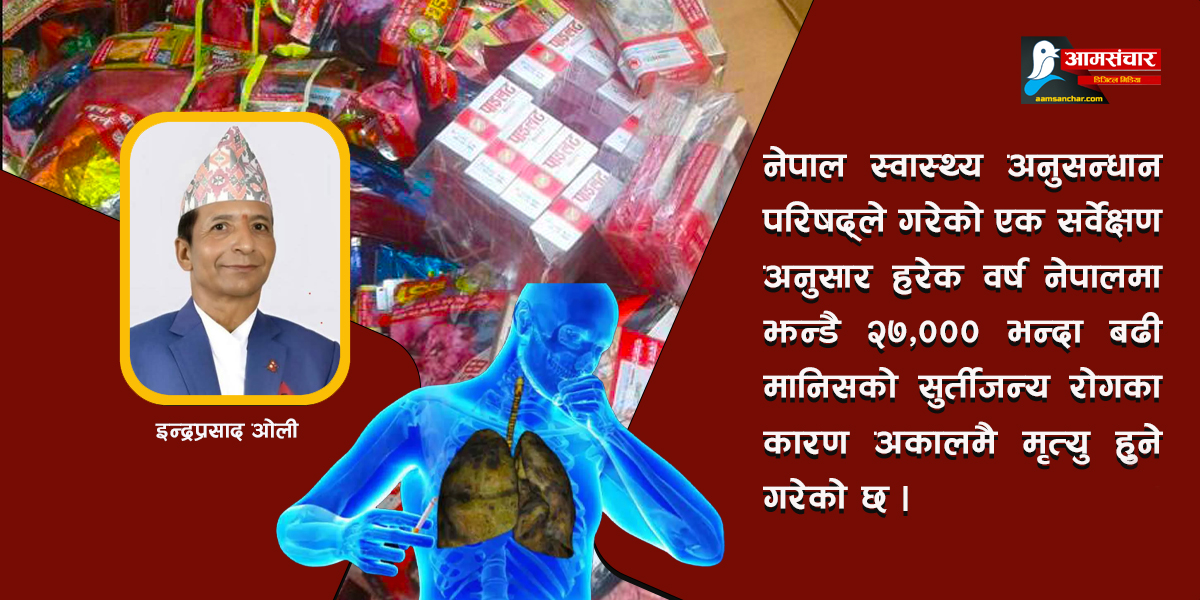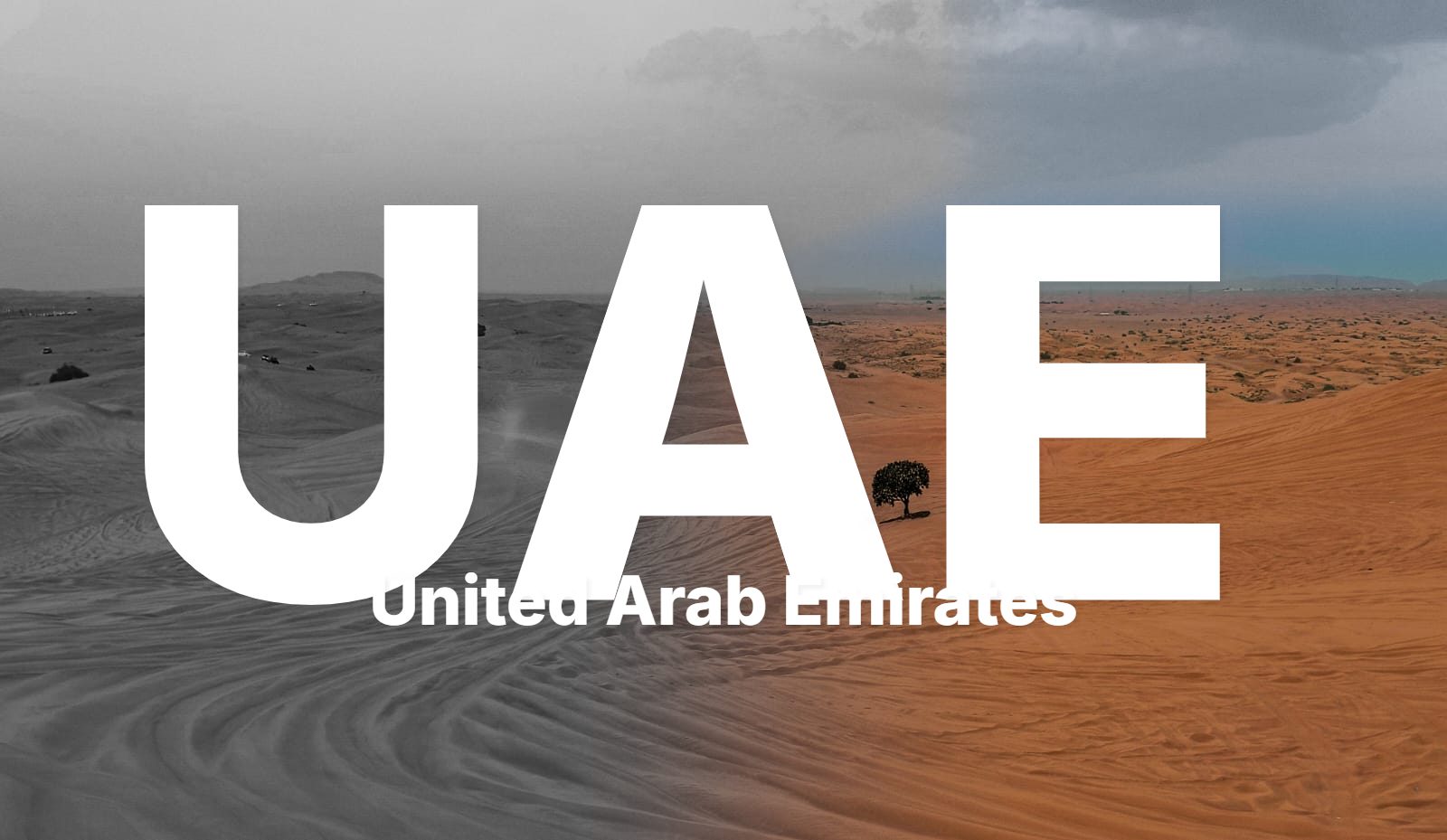 “What’s the first thing that comes to mind when you hear Dubai? Perhaps a scorching hot desert with sand everywhere and countless laborers at work. That’s exactly what I used to think, too. However, this country has completely transformed my perspective on vision, leadership, and development. Historical Background and Unification of Seven States”
“What’s the first thing that comes to mind when you hear Dubai? Perhaps a scorching hot desert with sand everywhere and countless laborers at work. That’s exactly what I used to think, too. However, this country has completely transformed my perspective on vision, leadership, and development. Historical Background and Unification of Seven States”

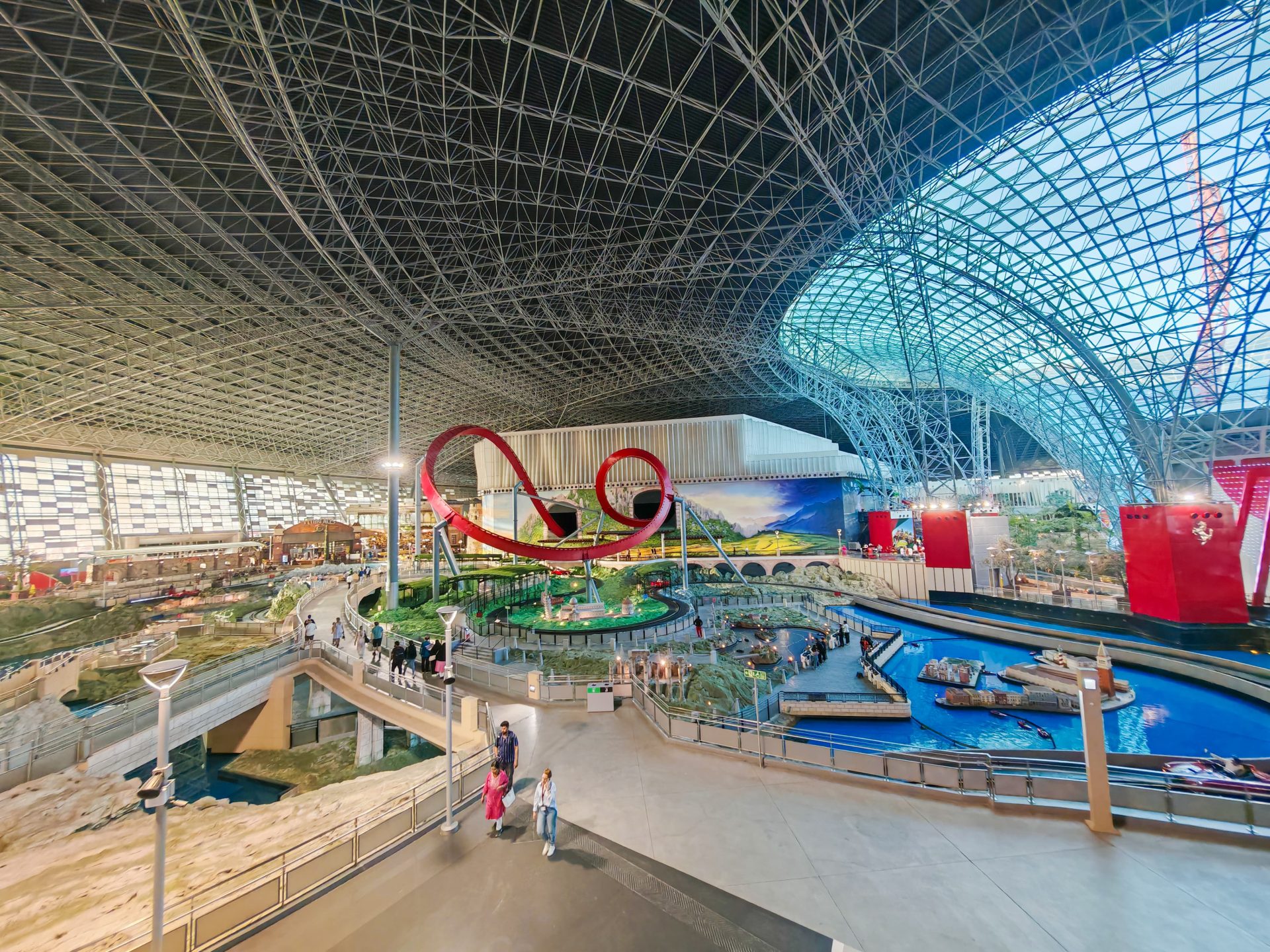 The United Arab Emirates (UAE) was established on December 2, 1971, when seven emirates—Abu Dhabi, Dubai, Sharjah, Ajman, Umm Al Quwain, Fujairah, and Ras Al Khaimah—came together to form a federation. The visionary leadership of Sheikh Zayed bin Sultan Al Nahyan was pivotal in fostering this unity. The discovery of oil in the 1960s was a turning point that laid the foundation for the UAE’s remarkable transformation.
The United Arab Emirates (UAE) was established on December 2, 1971, when seven emirates—Abu Dhabi, Dubai, Sharjah, Ajman, Umm Al Quwain, Fujairah, and Ras Al Khaimah—came together to form a federation. The visionary leadership of Sheikh Zayed bin Sultan Al Nahyan was pivotal in fostering this unity. The discovery of oil in the 1960s was a turning point that laid the foundation for the UAE’s remarkable transformation.

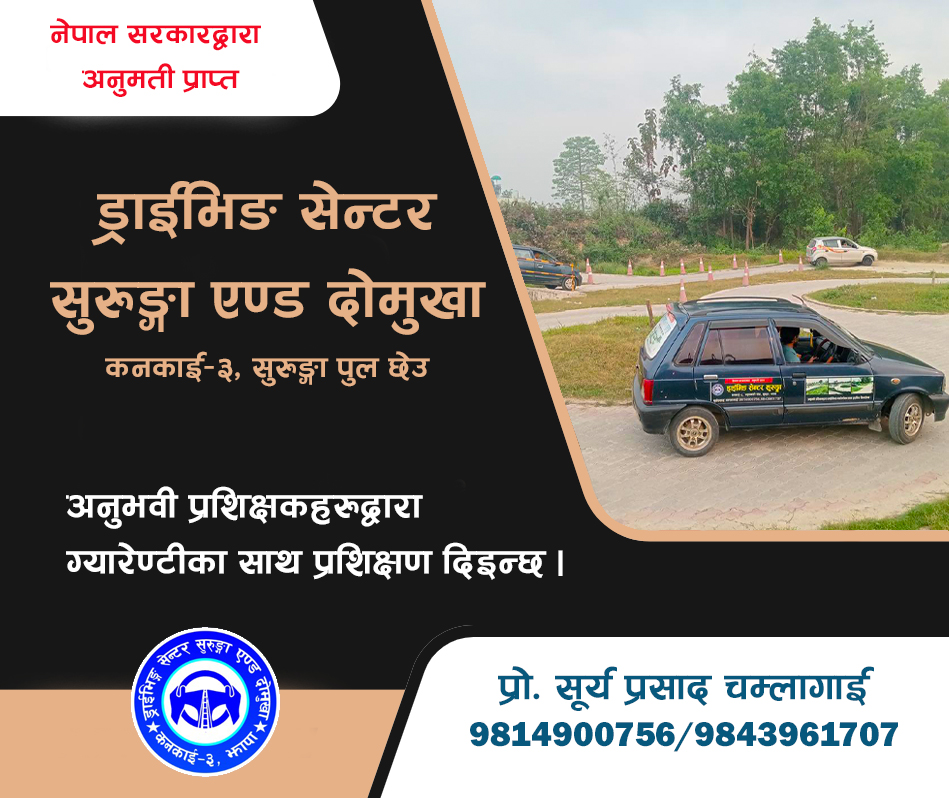



Before the discovery of oil, the UAE’s economy relied on fishing, pearl diving, and small-scale trade. Infrastructure was underdeveloped, and living standards were modest. However, with oil revenue, the UAE rapidly invested in education, health, and infrastructure, setting the stage for diversification and sustained growth.

Economic and Social Transformation Over 53 Years
In just over five decades, the UAE transitioned from an oil-dependent economy to a diversified global hub. Today, non-oil sectors like tourism, finance, and real estate contribute significantly to its GDP. Dubai, in particular, has emerged as a leader in innovation and development, attracting global talent and investment.
Engineering Marvels in the Desert
No one ever thought of skyscrapers and engineering marvels standing upon the piles of sand. Still, the UAE has demonstrated an unmatched ability to create wonders out of the sand. From the towering Burj Khalifa to the sprawling Miracle Garden, this transformation from desert to metropolis is a testament to visionary planning and execution.
Some Iconic Landmarks and Attractions
- Burj Khalifa: Standing at 828 meters, this is the world’s tallest building and a symbol of modern engineering.
- Palm Jumeirah: A man-made island that showcases architectural brilliance.
- Dubai Mall: One of the largest malls globally, it offers shopping, entertainment, and dining.
- Sheikh Zayed Grand Mosque: A masterpiece of Islamic architecture in Abu Dhabi.
- Ferrari World: Known for its record-breaking roller coasters, this theme park is a family favorite.
- Dubai Miracle Garden: The world’s largest flower garden, an oasis of color in the desert.
- Museum of the Future: A futuristic landmark highlighting innovation and technological advancements.
- SeaWorld Abu Dhabi: A marine-life theme park emphasizing conservation and education.
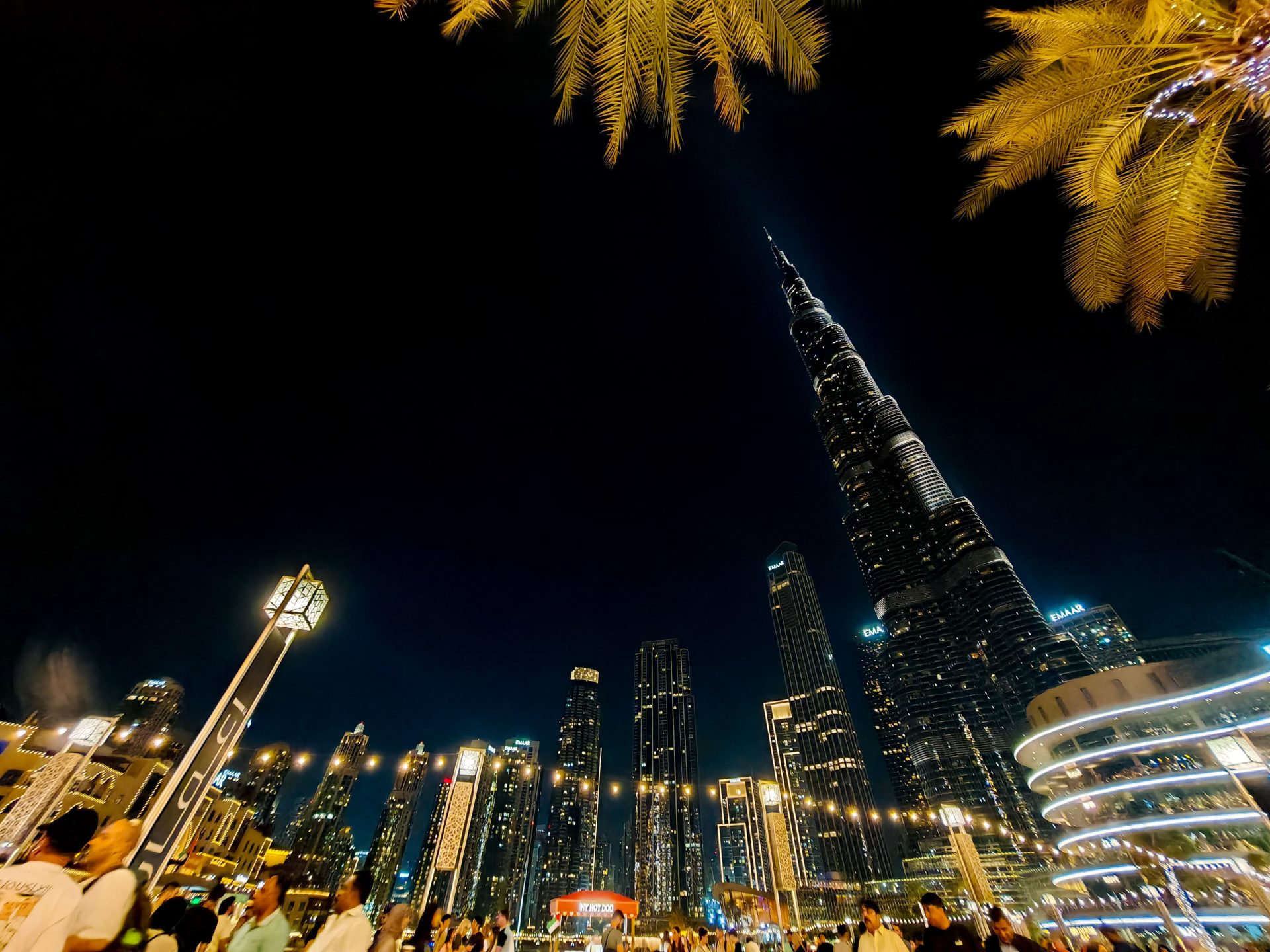 UAE attracting global attention.
UAE attracting global attention.
Global Events.
UAE is famous for hosting global events like Expo 2020 Dubai, the Dubai Shopping Festival, and the Abu Dhabi Grand Prix. These events attract millions of visitors and boost the country’s global standing.
Attracting Investors and Tourists
The UAE’s strategic location, business-friendly policies, and world-class infrastructure make it a magnet for investors. Specialized zones like Dubai International Financial Centre (DIFC) and nation-themed districts—such as Russian Town and French Quarter—create unique investment and cultural opportunities.
Security and Peace Management
The UAE is one of the safest countries globally, thanks to stringent laws and a focus on tolerance and multicultural harmony. Its effective governance ensures a peaceful environment for residents and visitors alike.
Contributions of Nepali Workers
Nepali workers have been instrumental in building the UAE’s skyscrapers, roads, and malls. The Abra area’s park, often called “Nepali Park,” and Meena Bazaar, nicknamed “Mini Kathmandu” or “Mini Thamel,” are reflections of the significant Nepali population in Dubai. Sadly, many Nepali workers have lost their lives during the construction of the UAE’s ambitious projects, highlighting the sacrifices behind its growth.
Comparison: Nepal vs. UAE Over 53 Years
While the UAE leveraged its resources and leadership to achieve rapid development, Nepal has struggled with political instability, corruption, and poor resource management. Despite abundant natural resources, Nepal’s lack of long-term vision has hindered progress. In contrast, the UAE’s stability and commitment to innovation have propelled it to global prominence.
Lessons for Nepal
- Political Stability: Prioritizing stable governance and reducing corruption.
- Resource Management: Effective utilization of natural resources.
- Tourism Development: Investing in infrastructure and marketing to attract tourists.
- Long-Term Vision: Implementing strategic development plans focused on growth.
Conclusion
The UAE’s journey from a barren desert to a global powerhouse is a remarkable story of vision, resilience, and determination. The country’s relentless development work, which never seems to pause, has set a global benchmark for progress. Its ongoing construction projects and rapid modernization create an impression that the nation is always in motion. Additionally, the UAE plays a significant role in the remittance flow to Nepal, supporting countless families and contributing to Nepal’s economy.
Nepal can learn from the UAE’s model to unlock its potential and achieve sustainable growth. With the right policies and leadership, Nepal too can create its own success story. The UAE’s example underscores the importance of vision, effective governance, and the ability to turn challenges into opportunities.



